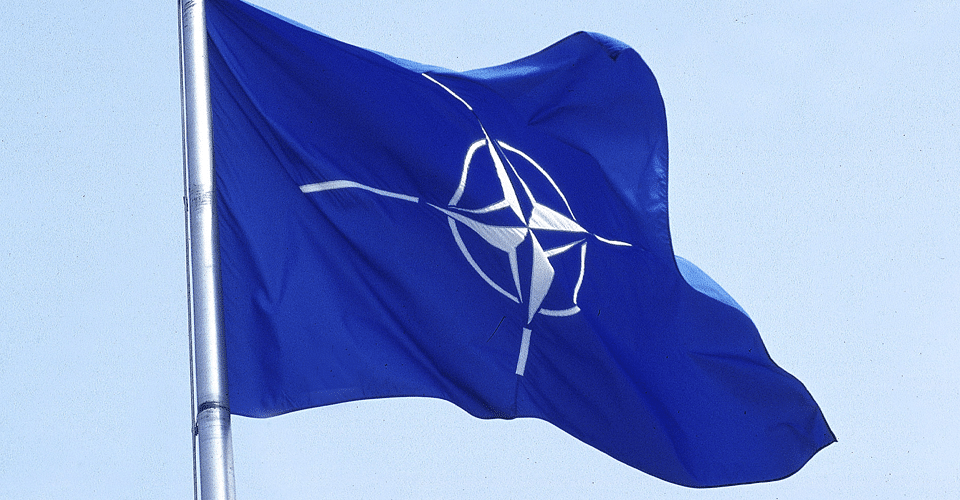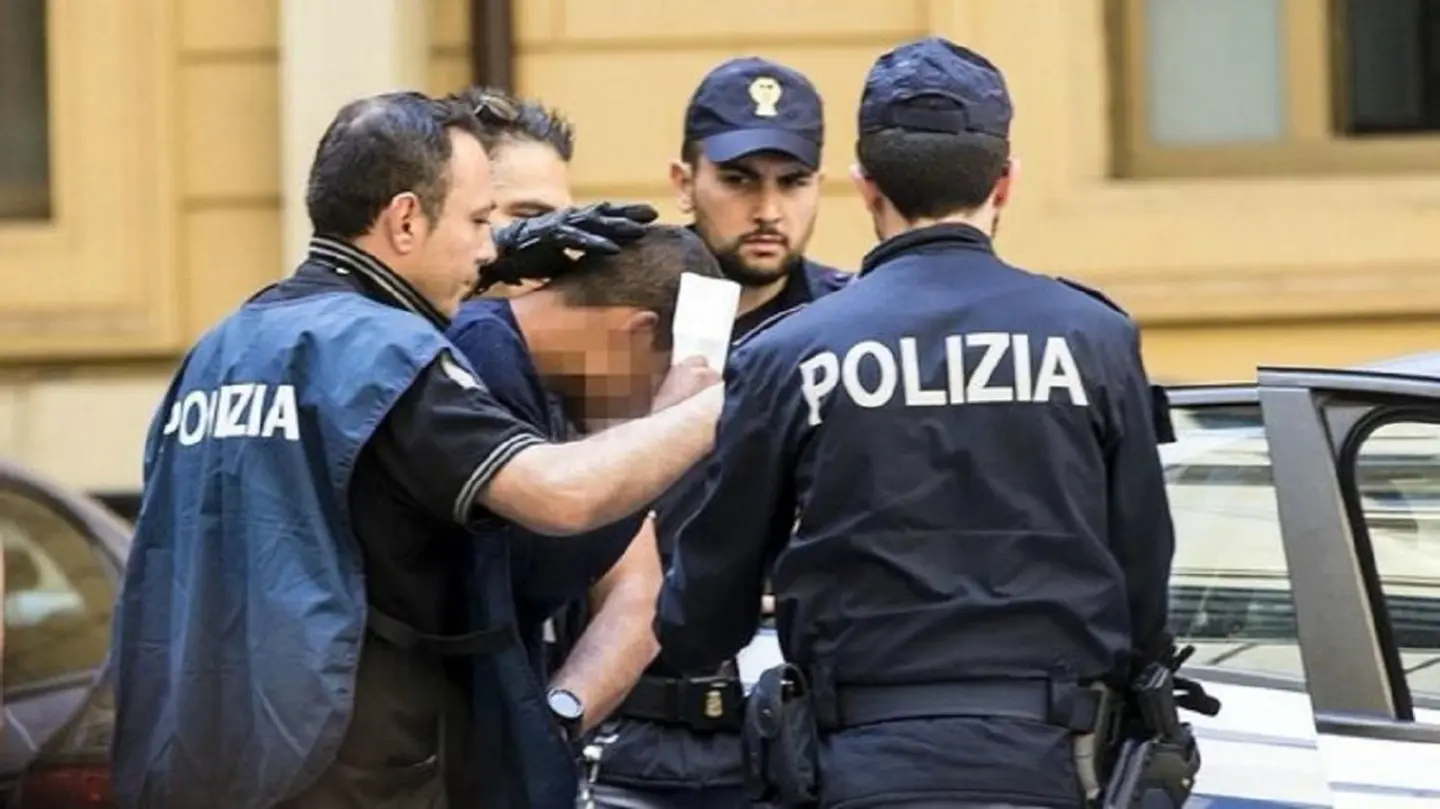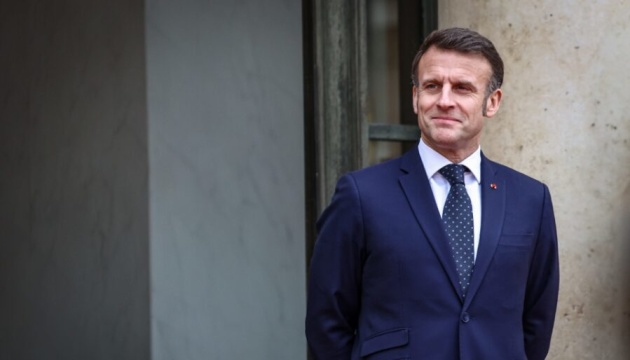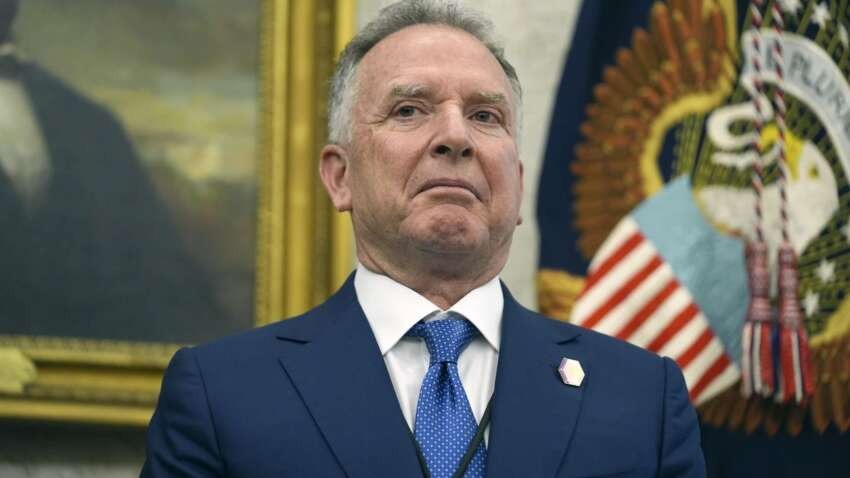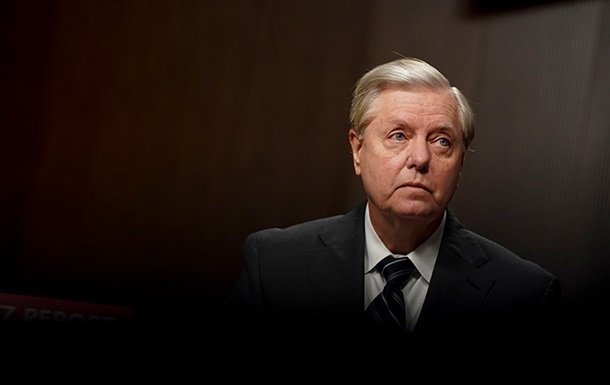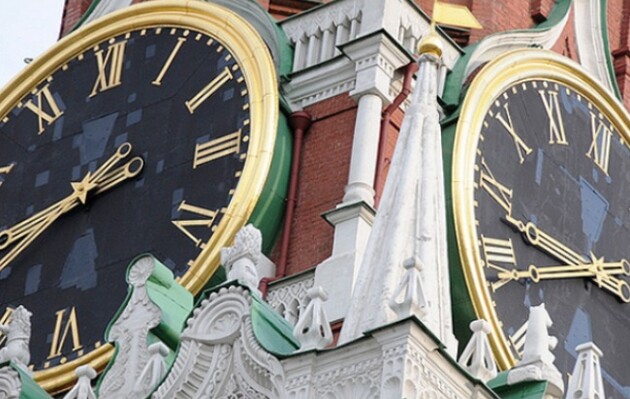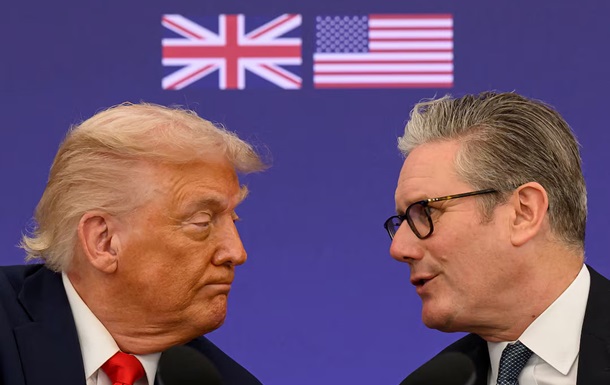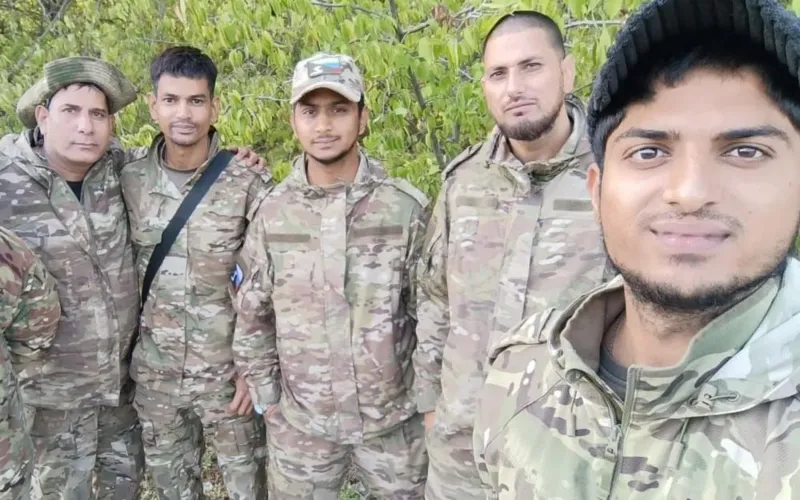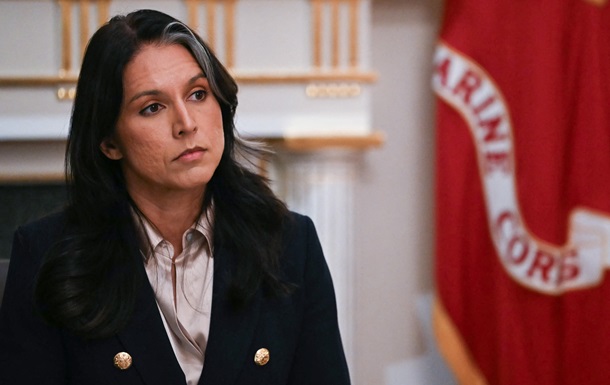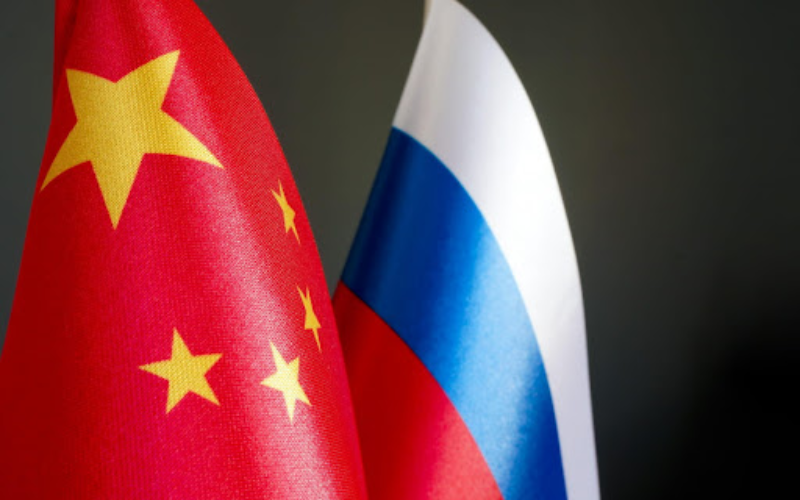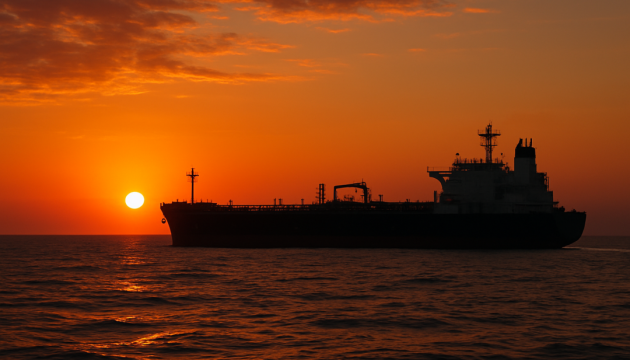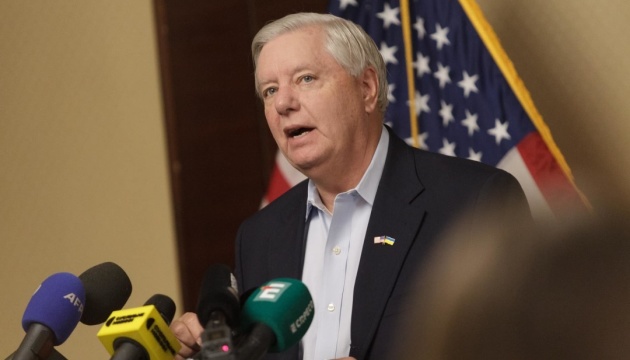Есть несколько направлений реабилитации пациента после инсульта. Приоритетными остаются восстановление речи и движений которую успешно проводят клиники Лядова в которых также осуществляется реабилитация после травмы спинного мозга. В остром периоде целью является профилактика контрактур в суставах борьба с ограничением движений в них. Поэтому выполняются пассивные движения в суставах поражённых конечностей и лечение положением, когда конечности укладываются таким образом, чтоб придать ей максимально физиологическое положение и сохранить полный объем движений. Однако не следует забывать, что восстановление движений больше зависит все таки от активных движений, которые должен выполнять сам пациент. А вот тут придётся постараться. В этом вопросе важную роль сыграет опытный реабилитолог и массажист. В их арсенале есть специальные приемы с влиянием на мышцы, с пробуждением рефлексов и увеличением силы мышц. Важным моментом есть то, что начинать такую реабилитацию можно только с рекомендации лечащего врача. Несомненно родственники могут выполнять профилактические приемы реабилитации и массажа. Это будет лёгкое поглаживание, пассивные движения, уходовые процедуры за кожей, тепловые процедуры. Но и тут есть несколько нюансов. Не стоит руководствоваться принципом:»если он сам не может двигать, двигайте за него» в этом есть польза, как указан выше, но больших результатов вы не достигнете. Плюс надо учитывать что в связи со слабостью мышц вокруг суставов, они довольно нестабильны, и возникает боль, дискомфорт в связи с этим, и могут возникать повреждения, подвывихи, если к этому вопросу подойти с особым энтузиазмом и рвением.
Поэтому лучше довериться специалисту, и следовать его рекомендациям. Некоторым сустава и вовсе нужны поддерживающие повязки в таких случаях. Реабилитировать мышцы чаще начинают с больших групп, это бицепс, трицепс, мышцы спины, квадрицепс. Они имеют больше возможностей улучшить кровоснабжение пораженной конечности в связи с большей сосудистой сетью. За ними легче пойдёт восстановление мелкой моторики. Не стоит увлекаться стимуляцией сгибания у пациентов с перенесённым инсультом, ведь с такой патологией превалирует гипертонус и при его стимуляции может возникать патологическое сгибание, а в дальнейшем и контрактура конечности. Особенного внимания потребует вертикализация пациента. Она проводится очень постепенно и аккуратно.
Первые попытки посадить пациента или поднять требуют внимательного наблюдения за пациентом, за симптомами и показателями пульса и артериального давления, ведь в такие моменты часто возникают такие угрожающе осложнения, как тромбоэмболия, чаще всего ветвей легочной артерии. Они сопровождаются слабостью, одышкой, выраженной потливостью. Но очень часто проходят бессимптомно или стимулируют симптомы ишемической болезни сердца, умеренной одышкой, изменением давления и пульса, тяжестью в груди. Поэтому если вы видите что у пациента возникают какие-то симптомы, сообщите лечащему врачу. Сроки реабилитации также очень важны. Самый эффективный в этом плане период, это первые 6 месяцев, так как перестроение мозга, когда он возьмёт на здоровые структуры контроль части утраченных функций активно проходит в основном первые пол года. Очень важно также желание самого пациента и настрой. Поэтому он должен видеть и замечать даже малейшие свои успехи. А при должном старании и уходе они будут обязательно.

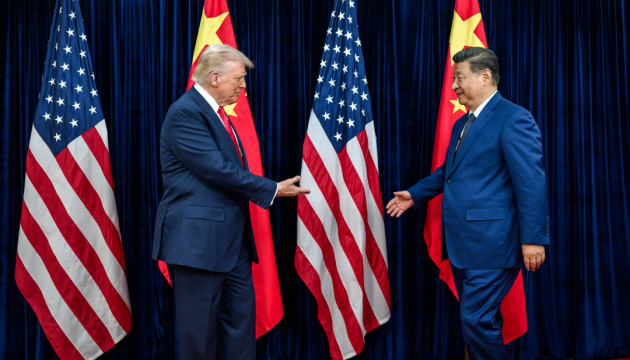
 3759
3759